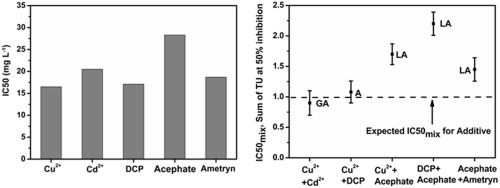
Since most risk assessment for toxicants is based on individual single-species test, the deduction of such results to ecosystem evaluation is afflicted with uncertainties. Herein, we successfully developed a p-benzoquinone mediated whole-cell electrochemical biosensor for multi-pollutants toxicological analysis by co-immobilizing mixed strains of microorganism, including
Available online 20 April 2016
NEWS